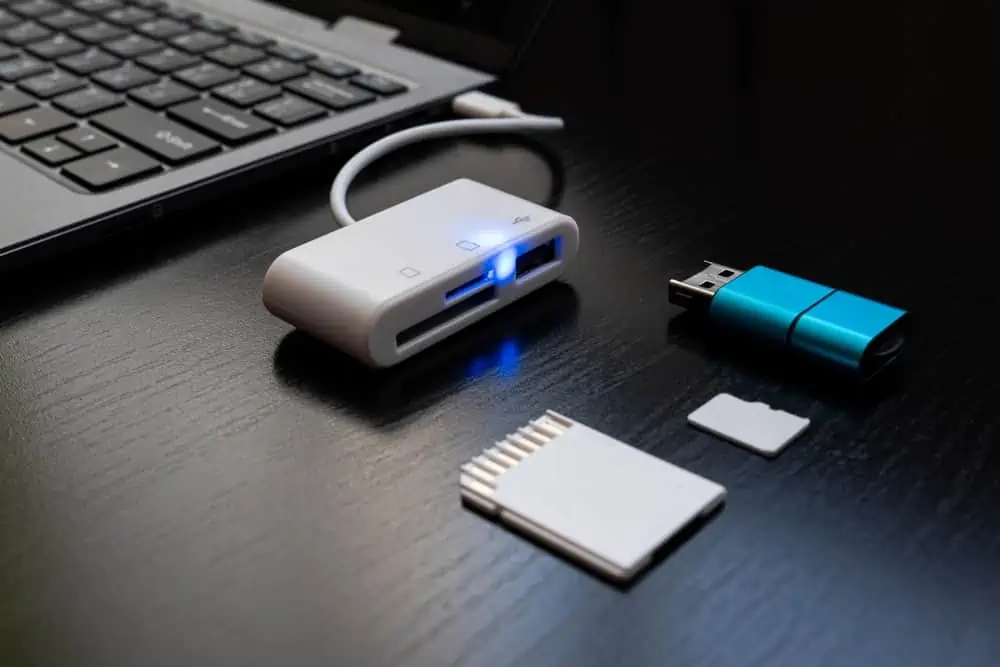What do you know about NAS? Whether you know anything about it or not, reading through this article teaches you all you need to know about NAS (Network Attached Storage).
Overview
NAS is a storage server device with one or more storage drives. In some cases, Network Attached Storage features only one storage drive.
Also, NAS connects these storage drives to your home or business local area network (LAN). By connecting the storage device to your LAN, it allows its data to be accessed by several devices connected to that same network.
By “devices” I mean computers, smartphones, and any other device connected to your LAN.
In fact, think of Network Attached Storage as a computer with a bunch of physical hard drives connected to a network.
Why as a computer?
This is because NAS has its own processor, RAM, and OS (operating system) like the MS Windows Home Server.
These features enable the Network Attached Storage to carry out multitasking. Some multitasking NAS carries out could be serving data to a bunch of users simultaneously and users updating data on the storage.
Furthermore, we can see a Network Attached Storage as a traditional hard drive attached to a computer. But, unlike a computer with a hard drive, NAS offers more capabilities.
For example, the data on a traditional hard disk on a computer is only available to that computer.
On the contrary, data on a Network Attached Storage device is available to multiple devices connected to the same network as the NAS.
How Does NAS Work?
As I previously mentioned in the overview section, a Network Attached Storage is a storage device connected to a Local Area Network. In addition to that, I said that a Network Attached Storage is a computer in its own right.
In that sense, like a computer, this type of storage device has a CPU and RAM as well as loads of hard drives.
Although most NAS comes with just a few hard drives, it also makes provision for storage expansion. NAS does this by providing extra drive bays where you can insert more storage drives.
So, how does a Network Attached Storage work?
After installing this type of storage device on a network, an administrator will create folders and share them as required. Then, the administrator will grant users access to folders as they need.
Fundamentally, an administrator can grant two types of access. Specifically, a user can have read access which means that the user can only view files and folders in the shared folder.
Alternatively, a user can have read and write access. This means that a user can open the files and folders to view the content.
Also, a user with read and write permission can save any information into a shared folder.
So, creating folders and sharing them is the first step in describing how Network Attached Storage works.
The next step is how users access the folders.
This step depends on the operating system the user is using to access the folders. If a user is using a Windows computer, an administrator can map the shared folder as a drive on the user’s computer.
Then, the user will access the shared folder as a normal drive on her computer. Alternatively, the user can access a shared folder on a Network Attached Storage as shown below…
\\NASStorageDeviceName\SharefolderName
In this example, “NASStorageDeviceName” is the network name of the NAS device. Then, “SharefolderName” is the share name of the folder.
Features of NAS
So far in this guide, I have explained the concept of NAS in the overview section. In addition to that, I have also explained how this storage technology works.
In this section, you’ll learn the top features of this storage technology.
Centralized Data Storage with Backup Options
NAS offers centralized storage for network computers. Compared to storing data on individual computers, it is safer to store business data on a network share.
Moreover, when you store data in a single location, it is easier to backup and restores as needed.
Easily Scalable
Network Attached Storage devices are easy to scale. As I previously mentioned, you can start with a few drives and add more drives as your storage needs increase.
Moreover, some of the devices may also support hard drive hot-swapping – you can add more drives to the device without the need to shut it down. This ensures that your users will continue to access data in the existing storage drives while you expand the available disk storage.
The ease of scaling makes NAS both cost-effective and improves productivity. It is cost-effective because the initial cost of purchase is relatively low. It supports your business productivity because you can scale without downtime.
Relatively Lower Cost Compared to a Standard Server
Compared to a server with Direct Attached Storage, a NAS is relatively cheaper to implement. It costs more to purchase a normal server. It also costs more to maintain a standard server.
However, NAS devices are physically smaller – taking up less space on your server racks, and may generally consume less power.
Remote Access to Files and Folders
As I already mentioned in previous sections, when you install a Network Attached Storage device, you can grant multiple users access to the files and folders on the NAS.
However, as I already noted, your device must be on the same LAN as the Network Attached Storage device. More excitingly, if you have remote access to the LAN, you can access the files and folders from outside the LAN.
Potential for Improved Performance
Compared to a server with DAS (Direct Attached Storage), a NAS may perform considerably faster for 2 reasons.
Firstly, the hardware is dedicated to storage and does not handle other processes. Secondly, Network Attached Storage is optimized for file sharing.
However, the speed and performance of the LAN may considerably affect the performance of a NAS device. For instance, if the network is congested, performance may reduce considerably.
Pros of NAS
Centralized Data Storage with Automatic Backup
NAS offers centralized storage for network computers. Compared to storing data on individual computers, it is safer to store business data on a network share.
I say “safer” because when you store data in a central storage device like NAS, you reduce the chances of losing the information. In the first instance, an advanced storage device like a NAS may support RAID configurations that offer data redundancy.
Secondly, the administrator can backup data in a NAS and restore them if users lose the files.
Easy to Scale
Network Attached Storage devices are easy to scale. As I previously mentioned, you can start with a few drives and add more drives as your storage needs increase.
NAS Saves Cost
NAS serves data to multiple devices, so there won’t be a need to buy a separate storage drive for each device.
Also, NAS is cheaper to expand the size by combining several disks as one single storage unit.
Easy to Install and Configure
Installing and configuring NAS is very easy and does not necessarily require a professional to do.
Remote Access
In the features section, I mentioned that NAS offers remote access to files and folders. This is a huge benefit to businesses, especially, if the business has people working from home
Cons of NAS
The Performance of NAS Depends on the Speed of the Network Router
If the speed of the LAN is slow, the performance of the NAS will also be slow and vice versa.
Setting Up NAS Takes Time
Setting up NAS can take lots of time as there are many procedures to follow. Unlike the DAS which just requires a single cable connection.
Viruses May Spread from Shared Files
Since files are shared across multiple devices, it is easy to spread viruses.
For instance, if a file is infected by a virus on one device, the user of that device will save the file on the network. If the same file is accessed by other devices, they may be infected by the same virus.
Poor Performance Compared to the Traditional Hard Disk Drive
NAS performance is slower in comparison with the traditional hard disk drive. For instance, a hard disk drive might deliver speeds of 150MB/s whereas a NAS might deliver a maximum speed of 112MB/s over a gigabit network
NAS Affects the Device Performance of Users of the Same Network Router
Heavy use of NAS can cause congestion, delays, or interfere with other traffic on the network router
Conclusion
Network Attached Storage (NAS) is a device that gives you a centralized storage location for your data. Hence, it serves its data to multiple devices connected to the same LAN (wired or wireless).
Since storing data is in a specific location, Network Attached Storage equally aids in automatic backup and restoration of data. NAS is less costly, and its accessibility can be remote.
However, heavy use of Network Attached Storage can cause congestion, delays, or interfere with other traffic on the network.
I hope I was able to explain NAS and how it compares to other types of storage. I also hope that you found the article easy to understand.
If you found the article helpful and easy to understand, click on “Yes” beside the “Was this page helpful” question below.
You may also express your thoughts and opinions by using the “Leave a Comment” form at the bottom of this page.
Finally, you may find other helpful articles on our Storage & Disk Technology Explained page.



